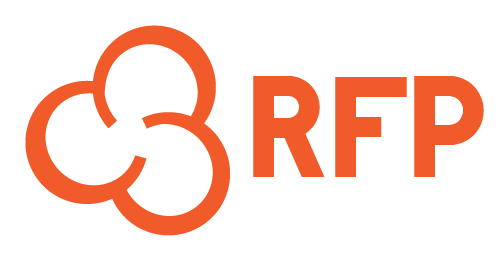Procurement plays a crucial role in the success of any organization, ensuring that products and services are procured at the best possible cost, quality, and delivery times. However, procurement teams often face the challenge of inefficient processes, with manual and paper-based workflows that are time-consuming and error-prone.
In this post, we’ll explore the first in a new video series featuring Popcorn RFP’s co-founders talking about 12 Procurement Challenges and how to overcome them. The first of these challenges: inefficient processes. We’ll discuss the drawbacks of traditional procurement methods and how implementing purpose-built software can streamline the creation of RFPs and RFIs, improve vendor evaluation, and foster greater collaboration.
The Problem: Inefficient Processes
Traditional procurement processes can be slow and cumbersome, involving a significant amount of manual work and paper-based documentation. These outdated methods often lead to the following issues:
- Increased time and effort: Manual processes require more time and effort from procurement teams, as they must manually create, distribute, and evaluate RFPs and RFIs. This can result in delays and higher operational costs.
- Error-prone workflows: Human errors are more likely to occur in manual procurement processes, from data entry mistakes to missing important details in RFPs and RFIs. These errors can impact the accuracy of vendor evaluations and ultimately affect the organization’s bottom line.
- Limited collaboration and communication: Traditional procurement methods often rely on siloed workflows, making it difficult for stakeholders to collaborate and share information effectively. This can result in miscommunication, misunderstandings, and delays in the procurement process.
The Solution: Purpose-Built Procurement Software
Purpose-built procurement software offers a comprehensive solution to overcome the inefficiencies of traditional procurement processes. Here are some key benefits of implementing such a solution:
- Streamlined RFP and RFI creation: Procurement software simplifies the creation of RFPs and RFIs, with pre-built templates, question libraries, and an intuitive interface. This allows procurement teams to quickly develop and distribute these documents, reducing the time and effort required.
- Improved vendor evaluation: Procurement software automates the evaluation of vendor responses, enabling teams to easily compare and analyze proposals based on pre-defined criteria. This not only saves time but also ensures a more accurate and objective evaluation process.
- Enhanced collaboration and communication: A centralized procurement platform facilitates collaboration and information sharing among stakeholders, with real-time updates and notifications. This helps improve communication, reduce misunderstandings, and speed up the procurement process.
- Better visibility and control: Procurement software provides real-time insights into procurement activities, allowing teams to track progress and make informed decisions. This increased visibility and control can lead to more efficient procurement processes and better outcomes for the organization.
Overcoming This Challenge
Many procurement professionals have wrestled with the challenge of inefficient processes in their organizations and become “change agents” to standardize their approach to purchasing and other business processes. We’d like to hear from you what you’ve done to overcome this challenge, or, if you’re still struggling with it, you can book a free consultation with our procurement experts to develop or refine your strategy.








